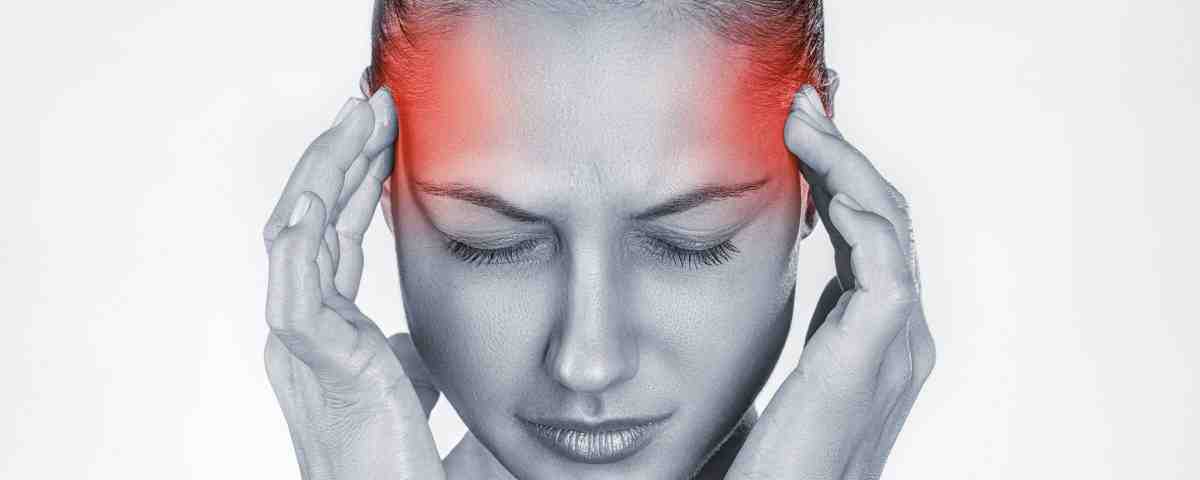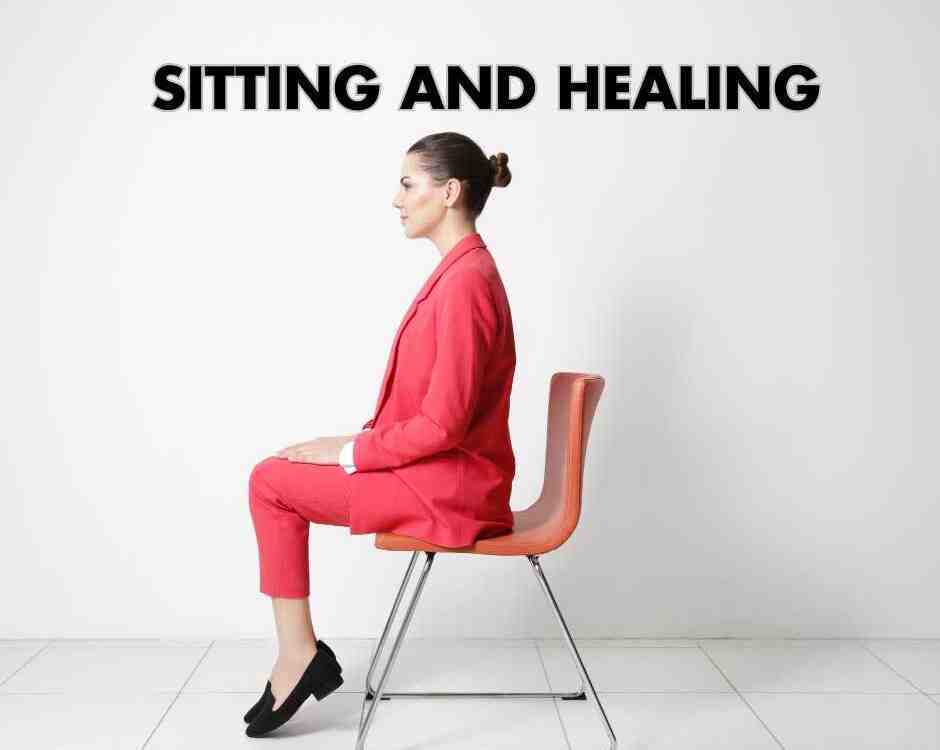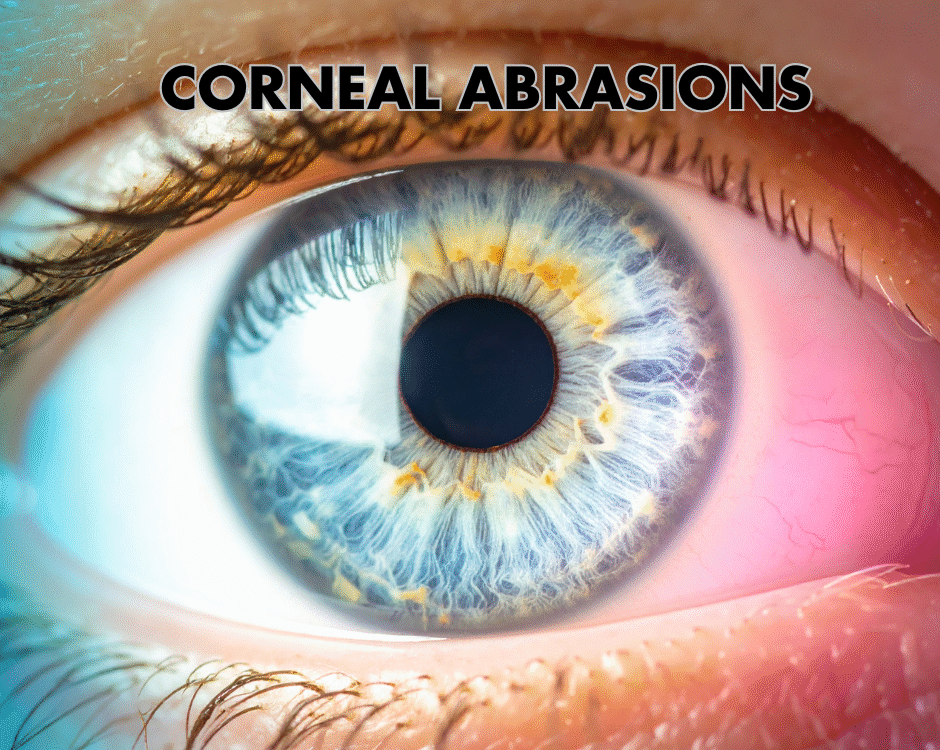A Pain in The Neck- Cervicogenic Headaches

How to Cope with the Psychological Effects of Automobile Accidents
September 15, 2022
Tips to Alleviate A Pain in The Neck
September 21, 2022Common Types of Cervicogenic Headaches
A cervicogenic headache is a syndrome characterized by dull aches located at the back and/or sides of the head. Frequently it is described as a band or vice-like sensation compressing around the scalp. The cervicogenic headache is often produced by neck injuries, accidents, poor work ergonomics, spinal fixation/subluxation, postural strain, repetitive neck or shoulder movements, forward head posture, myofascial trigger points, and temporomandibular joint syndrome/dysfunction (TMJD). They may be exacerbated by emotional stress, fatigue, noise, or glare. Many patients also exhibit weak posterior deltoid and middle trapezius muscles while sternocleidomastoid (SCM), upper trapezius, levator scapulae, scalenes, and suboccipital muscles become dominant or overactive. These overactive muscles frequently contain trigger points.
Cervicogenic headaches have common signs and symptoms. They are often bilateral affecting the suboccipital or bifrontal regions. They may encircle the entire head. Most often they start in the occipital region and travel up and over the head into the frontal region. Typically it is described as a dull non-pulsating pain that is mild or moderate in intensity or steady and aching. They may be relieved by reducing stress or resting/sleep. Massage therapy or myofascial release to reduce trigger points may also decrease symptoms. The timing of these headaches typically begins in late afternoon and vary in intensity. Their onset is gradual or anxiety related. The headache may last from 4 hours to two days and can occur several times per week. They are usually much more frequent than a migraine type of headache. Light and sound sensitivity may be present but typically less severe than in migraine headaches.
Listed below are some standard stretches and home care recommendations. However, it’s important to seek medical attention before initiating any stretches or home exercise routine especially if you experience any of the following with a headache: double vision, vertigo, lightheadedness, drop attacks, slurred speech, difficulty swallowing, difficulty walking because of balance or a loss of coordination, nausea, numbness especially in the face, or uncontrollable eye movements.
Cryotherapy
- Apply an ice-pack or cold compress to the back of the neck and base of the skull for 15-20 minutes.
- Remove for 30-45 minutes and reapply.
Most of us has experienced some type of headache throughout our life. They may have lasted an hour or less and some may have lasted for days. Some of us self-treat our headaches and some of us see a health provider to manage our headaches. The more common headaches people experience have been listed.
Tension headaches are the most common headaches people experience. Tension headaches are mild to moderate, achy pain around the temples or a tight band around the head to the back and base of the head. Also, the muscles at the back of the head and the neck muscles can be tight. Major cause of tension headaches is due to stress. Stretching or massaging the tight muscles, getting an adjustment by the chiropractor or taking over-the-counter medication are methods in relieving tension headaches.
Migraine headaches occur more in females than in males, with or without auras, and are moderate to severe in its intensity. Auras are visual disturbances that appear 20-30 minutes before the actual headache. Auras are where the person sees spots, zig zag lines, flashes of light or even a loss of vision. Neurological symptoms including dizziness and numbness or tingling sensations in the face are also associated with migraines with auras. Migraines can occur on one side or both sides of the head as a throbbing, pounding pain. Sensitivity to noise and lights and nausea may also accompany migraines. Migraines worsen with activity. Resting, sleeping, using ice and/or heat, getting chiropractic adjustments, and taking prescribed medicine by medical providers are methods in treating and managing migraines. Also, learning what triggers the migraines and staying away from the triggers, helps in the prevention of migraines.
Cluster headaches occur more in males than in females and start more suddenly than migraines. Cluster headaches are severe pain around one eye that can spread to the temple and side of the face of the affected side. These headaches are shorter in duration, lasting under two hours, but may have more episodes throughout the day. Watery and red eyes, runny nose, and light sensitivity are other symptoms associated with cluster headaches. Cluster headaches occur regularly around the same time of the day and can be around the same time of the year. Using heat, getting chiropractic adjustments and taking the prescribed medication by medical providers are treatment options.
Cervicogenic headaches occur with trauma to the neck, such as from a motor vehicle accident. The whipping motion of the neck causes damage to the neck muscles and ligaments, which then refers pain to the head area. Chiropractic adjustments, ice, massage and rehabbing the neck muscles are treatment options for headaches originating from the neck.
Hypertension headaches occur in older people with high blood pressure. Hypertension headaches are a throbbing type of pain. This type of headache needs to be monitored by a medical provider.
Sinus headaches are one of the symptoms of a sinus infection. Sinusitis is when the tissue, lining the sinus cavities, gets inflamed. Along with the sinus headaches, it also causes runny nose, congestion of the nose, and drainage down the back of the throat. Sinus headaches are tender, achy pain located anywhere from the forehead down to the cheeks. Acute sinusitis can resolve on its own but if it leads to chronic sinusitis, where an infection has set in, antibiotics may be needed.
Other headaches can occur with caffeine withdrawal, injury to the head or dental disease. Hypoglycemic headaches occur when meals are skipped, making you feel weak and dizzy.
But no matter what type of headache you think you may have, if you think you need to see a medical provider, please do so. The above list is not the whole list of different types of headaches and other serious causes may be the reason for your headaches.
This article was written by Deryk Harting one of the members of Chambers Medical Group’s team of car accident chiropractors who offer a variety of treatments and therapies ranging from diagnostic testing to various soft tissue therapies for car accidents and injuries in Kentucky.
If you or somebody you know has been in a car accident, be sure that you seek medical attention from a car accident doctor or car accident chiropractor to treat your injuries. Visit Chambers Medical Group to receive world-class medical treatment for your injuries.
Chambers Medical Group has car accident medical clinics in the following locations:
- Car Accident Medical Clinic in Tampa
- Car Accident Medical Clinic in Plant City
- Car Accident Medical Clinic in Brandon
- Car Accident Medical Clinic in Lakeland
- Car Accident Medical Clinic in Sarasota
- Car Accident Medical Clinic in Louisville
- Car Accident Medical Clinic in Lexington
- Car Accident Medical Clinic in Florence




